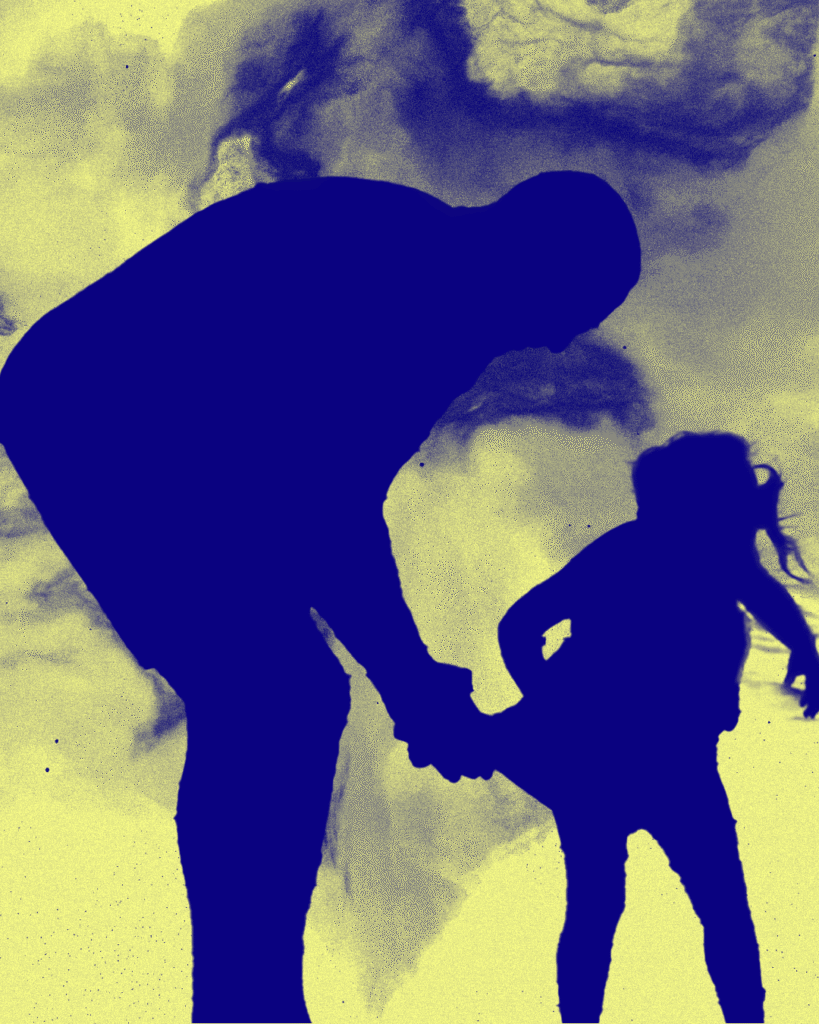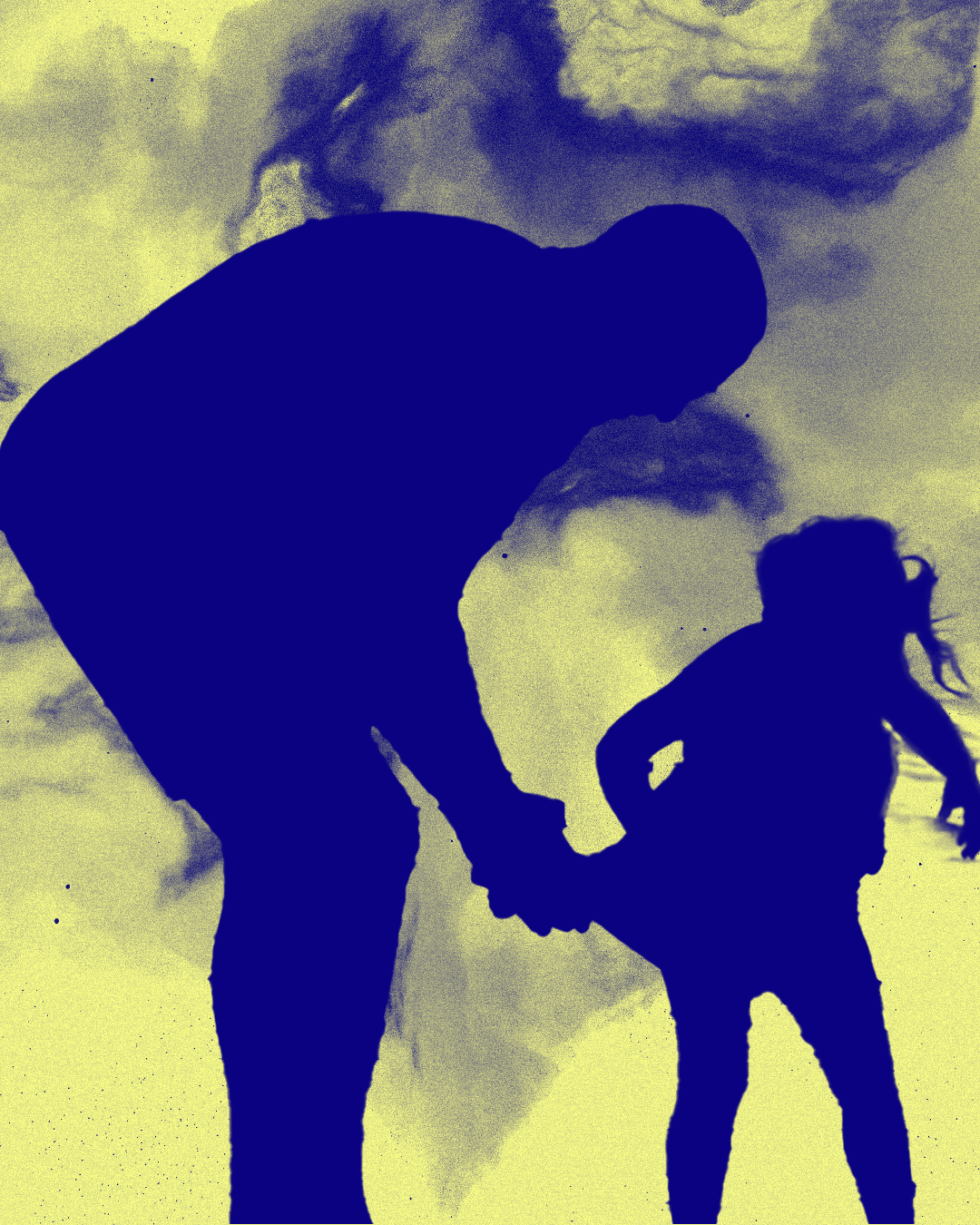Toxic Shame: The Starting Point of My Healing
Toxic shame was the first emotion I encountered on my healing journey. I was so entangled in it, living through the lens of a false self — exhausted, disconnected, exiled from my own essence. Shame made me feel separated, isolated, and deeply alone.
I could hide from it, but the only place where shame couldn’t find me was in complete isolation. That left me stuck between two painful choices:
- Remain alone to avoid the violence of shame’s inner voice, or
- Open the door to connection, and with it, let in the cruel, self-deprecating inner dialogue of toxic shame.
Neither option was safe. But I kept choosing isolation — because at least there, I could breathe, no matter how lonely it was.
Why Understanding Toxic Shame Matters
Learning to distinguish between toxic shame and healthy shame is a crucial turning point in healing. Because once we recognize the difference, we can begin to transform toxic shame. We can sift it from our system and spin it into gold.
Healthy shame begins to develop around 18 months old. Its role is protective and relational — it helps us navigate social bonds, develop humility, and recognize our interdependence. Healthy shame doesn’t destroy us. Instead, it gently guides us to correct behavior that may have harmed others, while still affirming our worth.
But whether shame stays healthy — or turns toxic — depends on how we are met in our early experiences of it.
If, as children, we make a mistake and are still met with love, acceptance, and emotional safety, our core self remains intact. We learn it’s safe to be guided. But if our early experiences of shame threaten our sense of belonging — if our very being is rejected rather than just our behavior — we learn that we must hide who we are in order to be loved.
That’s when shame turns toxic.
Let’s say a toddler pees on the carpet. If this triggers unresolved shame in a parent, they may react harshly — not as a grounded adult, but from their own wounded inner child. Their inability to stay regulated means they can’t guide the child with love. The child, in turn, feels rejected and abandoned. To survive, they sacrifice their authentic self and create a false self — one that restores the interpersonal bridge to their caregiver.
As John Bradshaw says, toxic shame is a sickness of the soul.
In those moments, children experience intense emotions — fear, helplessness, anger — but without an empathetic witness to help them process, those emotions get frozen in the body.
How Shame Resurfaces in the Present
When we experience shame in adulthood, even healthy shame, it can reawaken our stored, unprocessed shame. It triggers unresolved trauma. This is the body’s way of saying: There’s something here that needs your attention. Please come back for me.
But often, we try to avoid that pain by shutting down shame altogether. We block all shame — both healthy and toxic. The danger here is that healthy shame is a tool of our conscience. When we block it, we disconnect from our moral compass and numb our ability to navigate relationships with integrity and humility.
To restore this compass, we must return to the source — toxic shame — and begin to gently release it. Only then can we reclaim our healthy shame and use it to rebuild a self-affirming identity, grounded in truth rather than survival.
The Root of Toxic Shame: It Was Never About Us
The shame we carry now often has nothing to do with who we are — it’s a wound from our past calling for attention. We recreate the relational dynamics of our childhood in our adult lives. The same strategies we used to win love from our caregivers — who were themselves deeply wounded — we now unconsciously use in our relationships.
But the truth is:
We were never flawed.
We were never broken.
We were never too much.
Our caregivers simply couldn’t accept parts of us because they hadn’t accepted those parts in themselves.
And the cycle continues — unless we consciously choose to break it.
If a parent hasn’t done their emotional work, they won’t be able to create safety for their child’s emotions. They will parent from their own pain, not from emotional maturity. And just as our parents couldn’t heal their shame through us, we can’t heal ours through external validation now. We can’t keep trying to fill the void by pleasing others, cheering them up, or making ourselves smaller in relationships.
Inner Child Work: Returning to the Frozen Places
The path to healing lies in inner child therapy — by returning to the parts of ourselves we froze because we didn’t have the capacity to confront the overwhelm at the time.
Those emotions live in the body. And the body becomes our portal back to those moments.
Toxic shame flourishes in isolation. But the medicine is belonging.
Healing begins when we start to offer that sense of belonging to ourselves. When we extend a warm welcome to the parts we abandoned, the ones buried deep in our subconscious, we begin to thaw the freeze. We begin to return home.
Shame severs us from our core. It disconnects us from our intuition, our inner wisdom, our soul. But once we tune back in to that quiet, gentle voice within, we regain our greatest source of guidance — the one we were born with.




